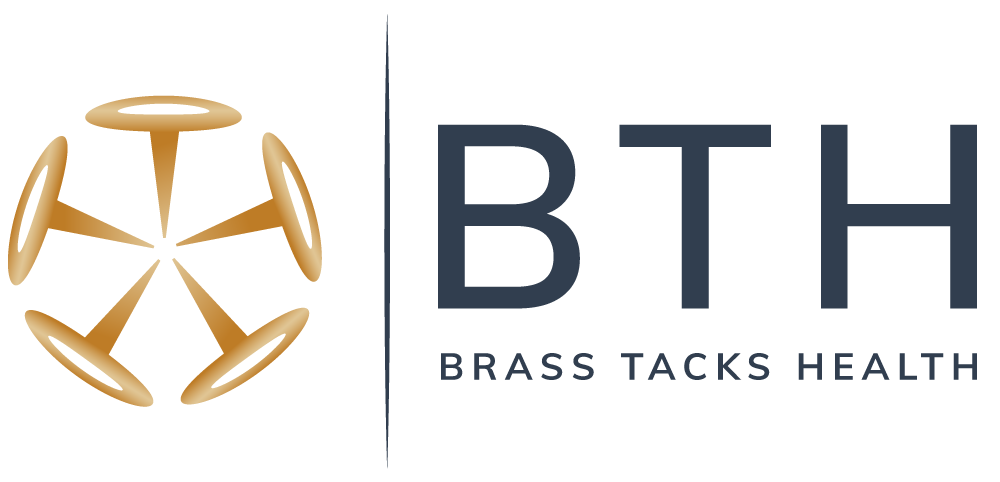Case Study: Informing Competitive Positioning in a Crowded Landscape
Learn how BTH enabled a client to supercharge their DLBCL clinical development strategy and identify key areas for product differentiation.
Situation: A client with an early-stage CD19-targeted cell therapy for DLBCL sought our guidance on how to differentiate their product positioning
Task: Highlight the differentiating strengths in this therapy’s target product profile relative to current and most-likely future competitors in the DLBCL landscape
Actions:
Leveraged BTH’s primary intelligence network to garner firsthand stakeholder perspectives and characterize the DLBCL treatment landscape, the unmet need and timelines for the most highly-anticipated, potentially practice-changing data
Pinpointed critical knowledge gaps in the field, such as long-term durability
Sorted the pipeline of emerging therapies according to patient populations (e.g., competing with CAR-T or targeting post CAR-T), technology platforms and proof-of-concept
data to dateIdentified emerging trends in durability of response, safety, dosing and manufacturing, as well as potential “white spaces” for market entry
Articulated differentiated competitor positioning through the pros/cons of each modality (e.g., safety, efficacy, ease of manufacturing and ability to extend duration of effect through redosing)
Result: The client utilized our insights to supercharge their DLBCL clinical development strategy and identify key areas for product differentiation, focusing on enhancing longevity of response and reducing lymphodepletion.

